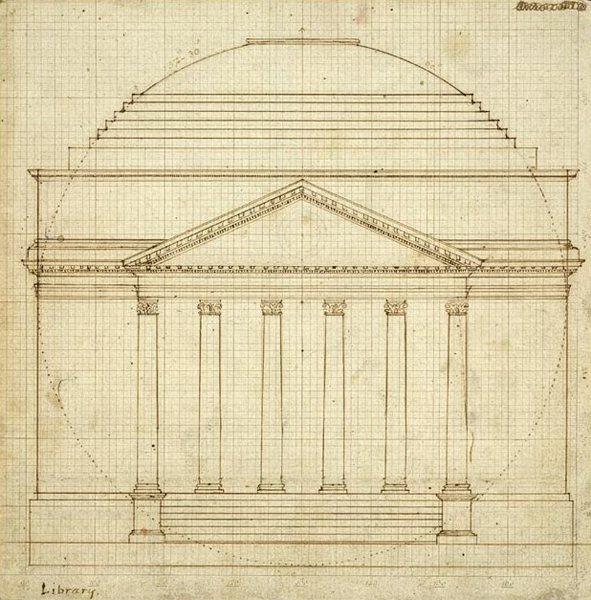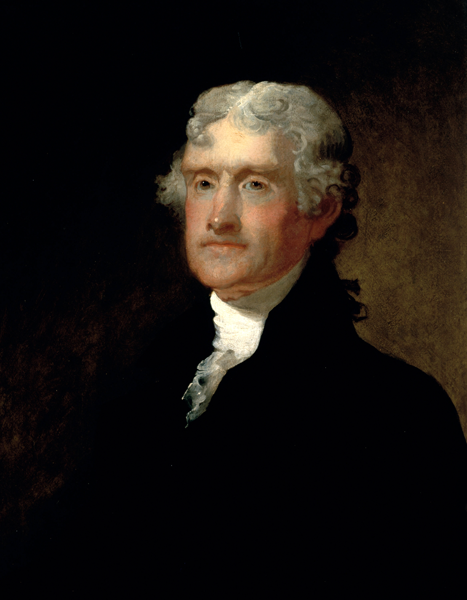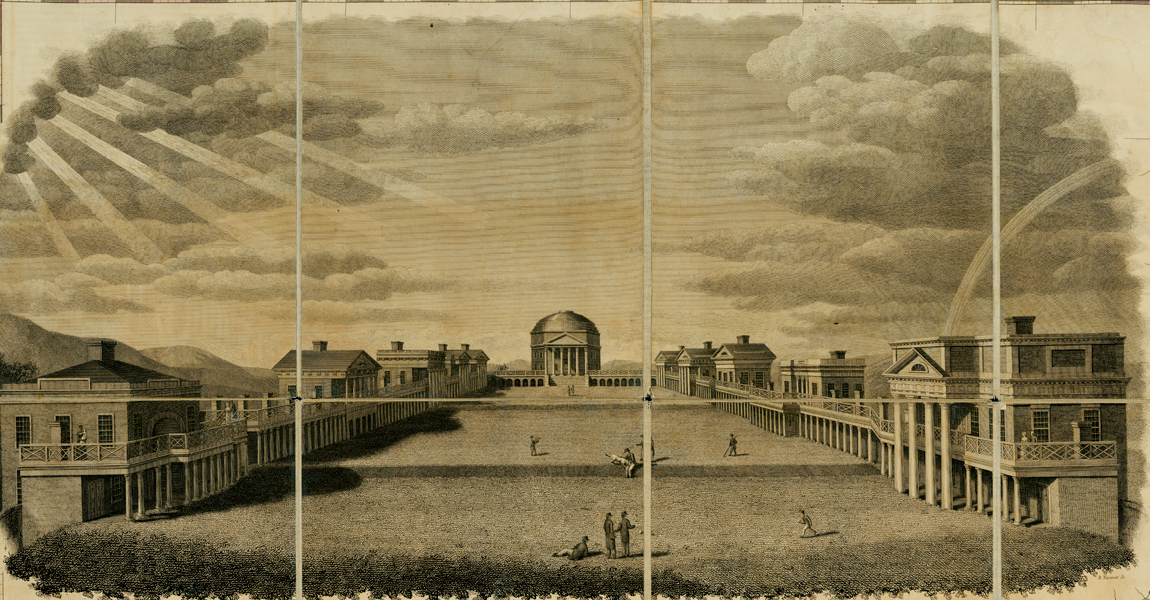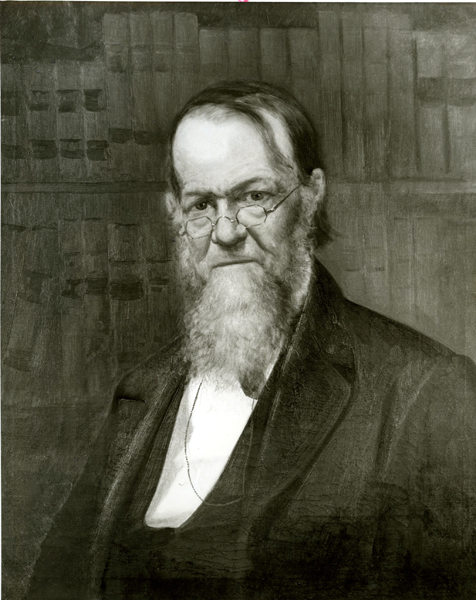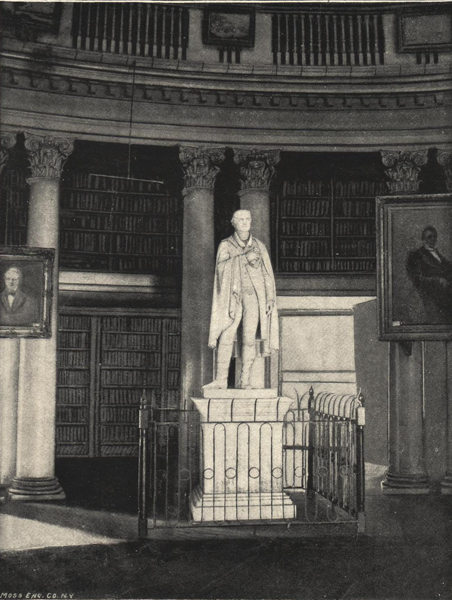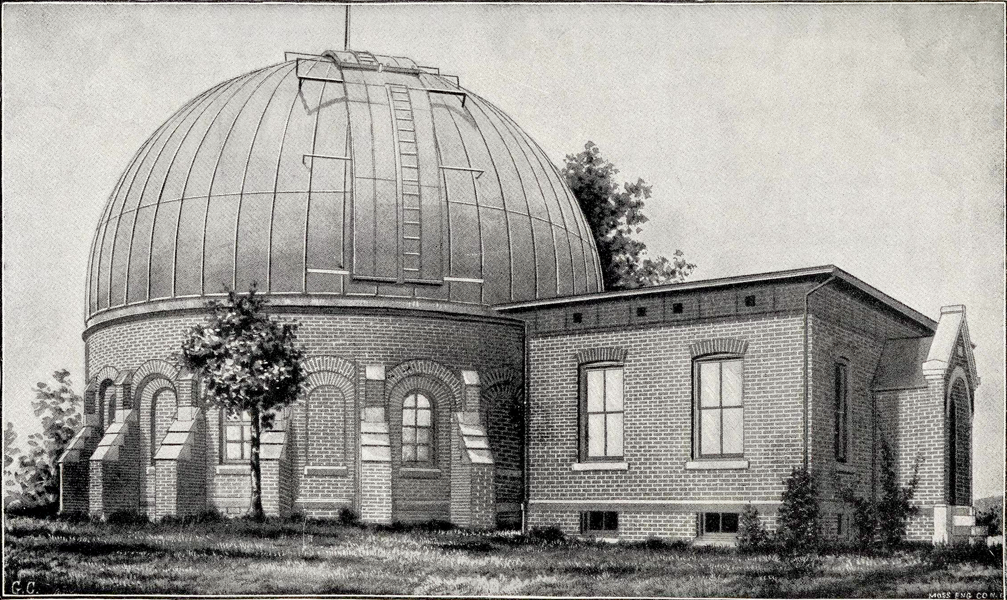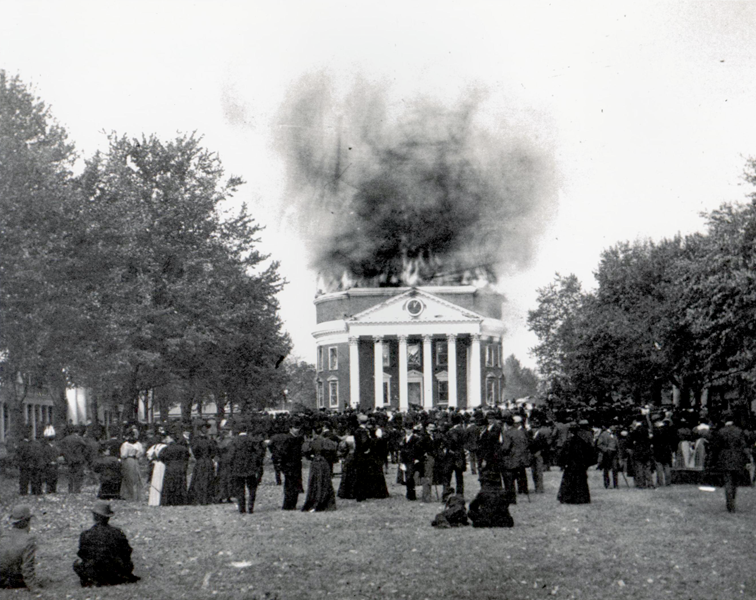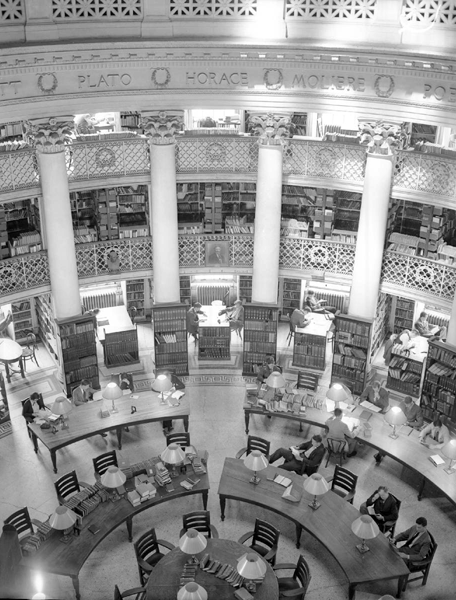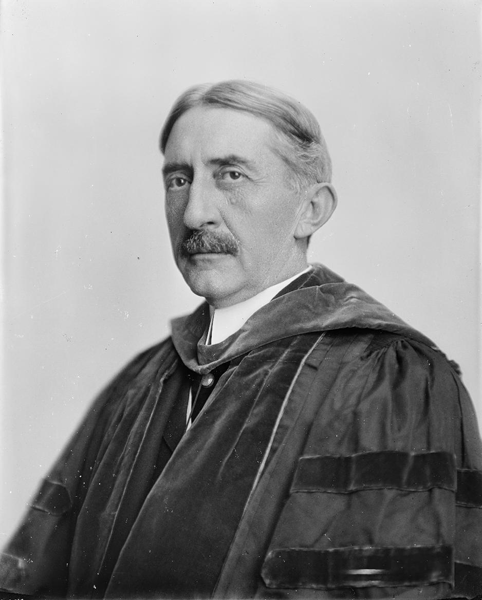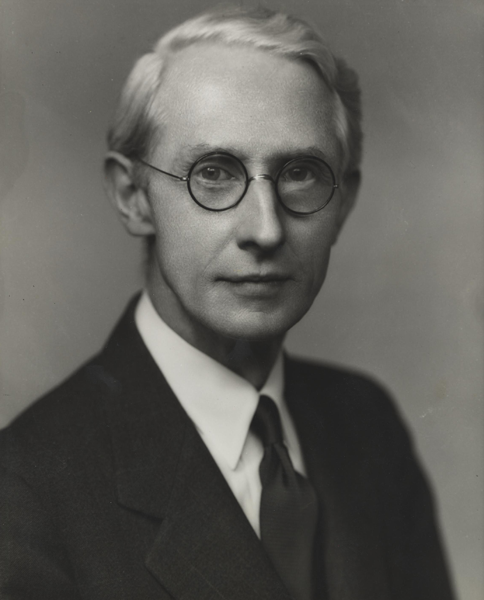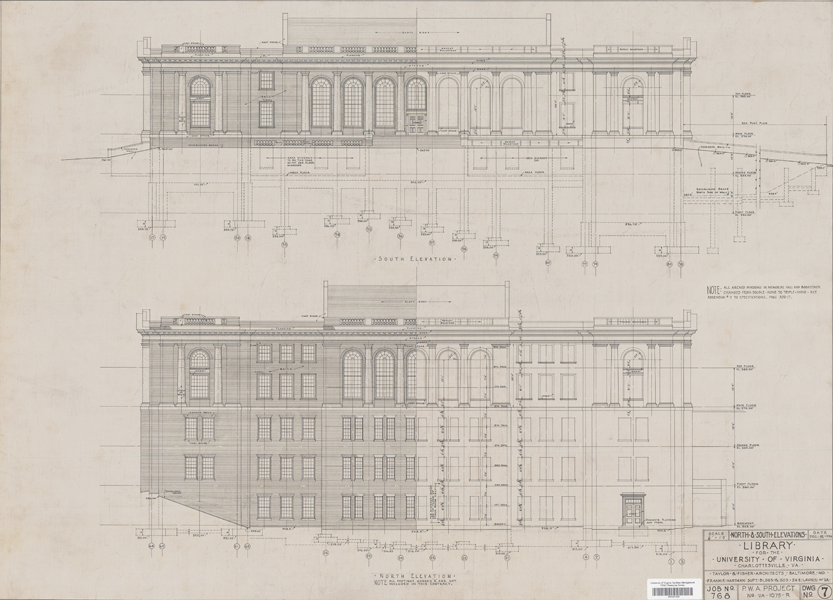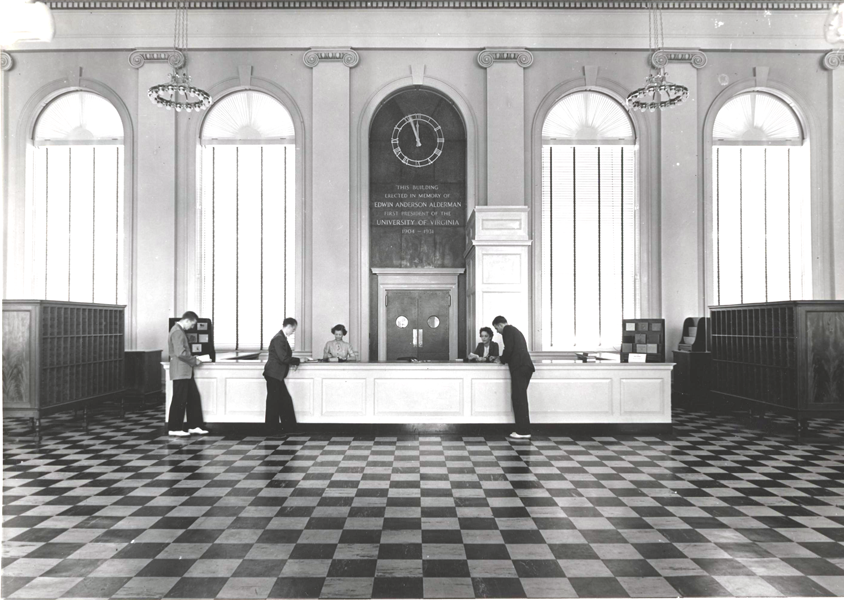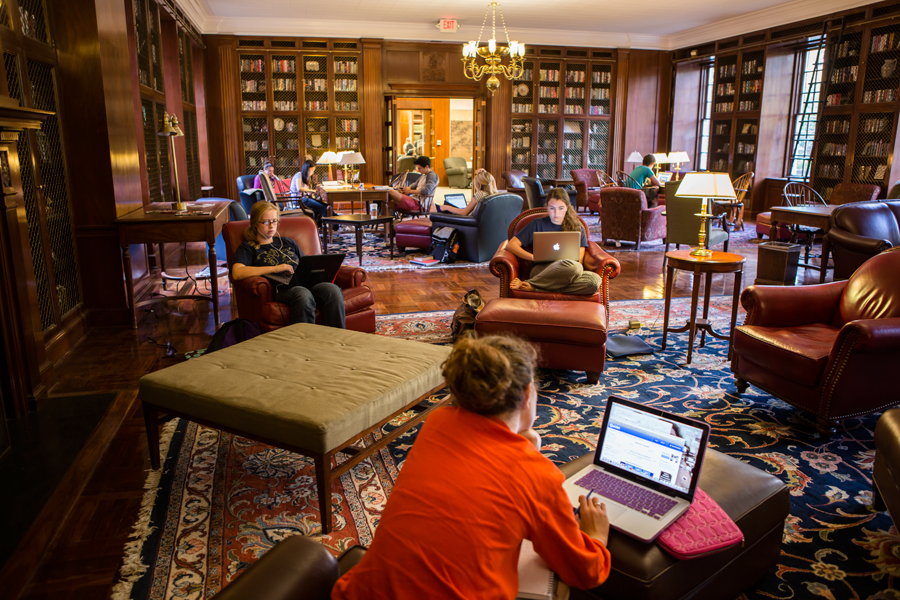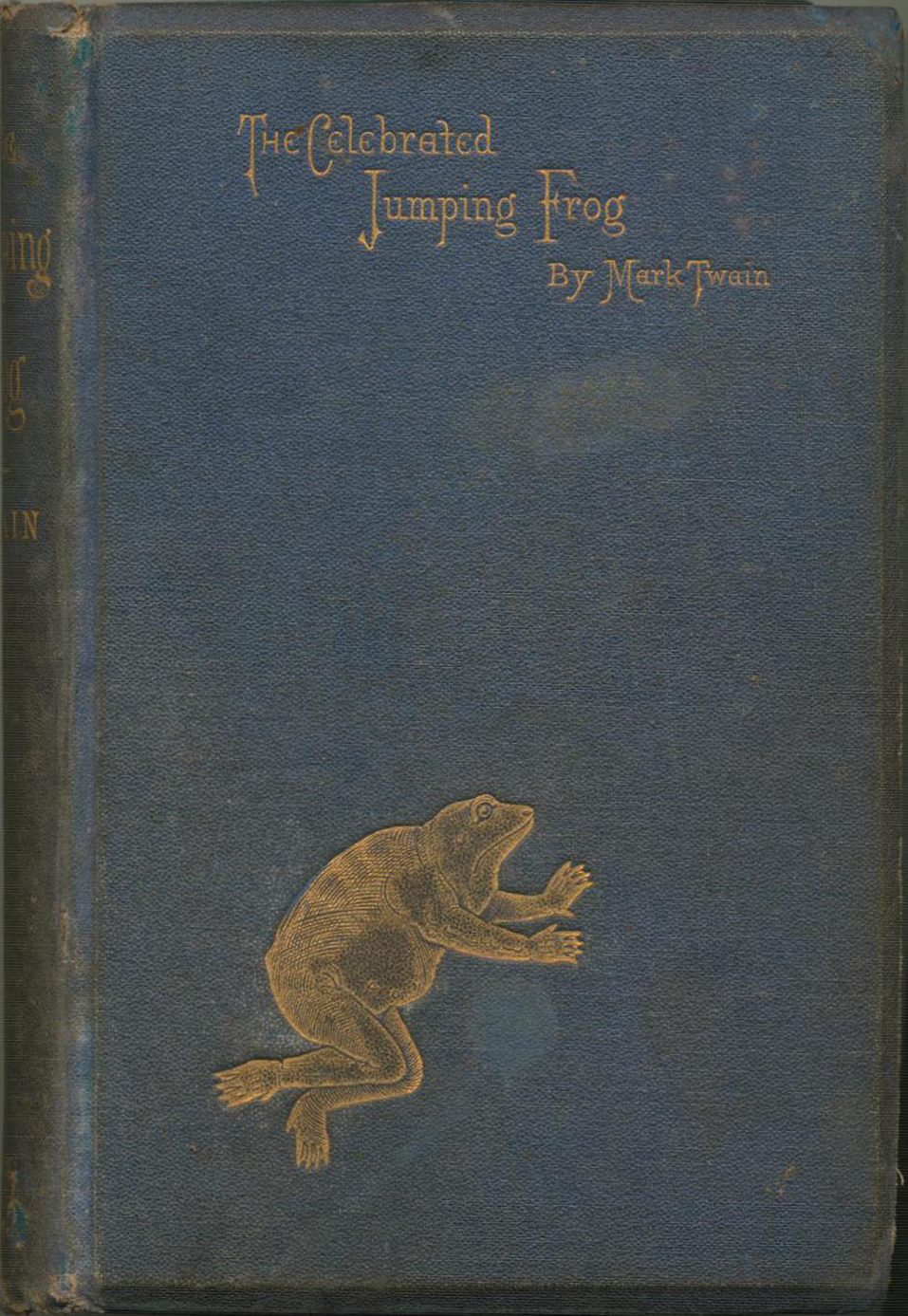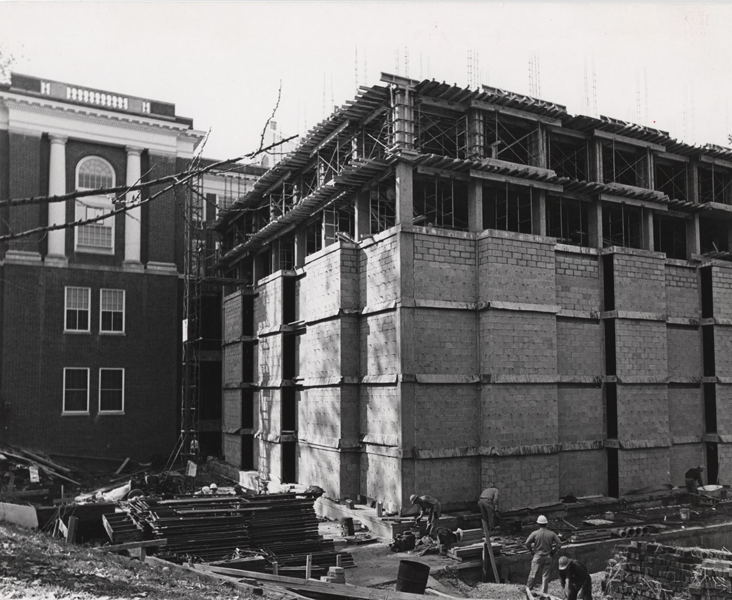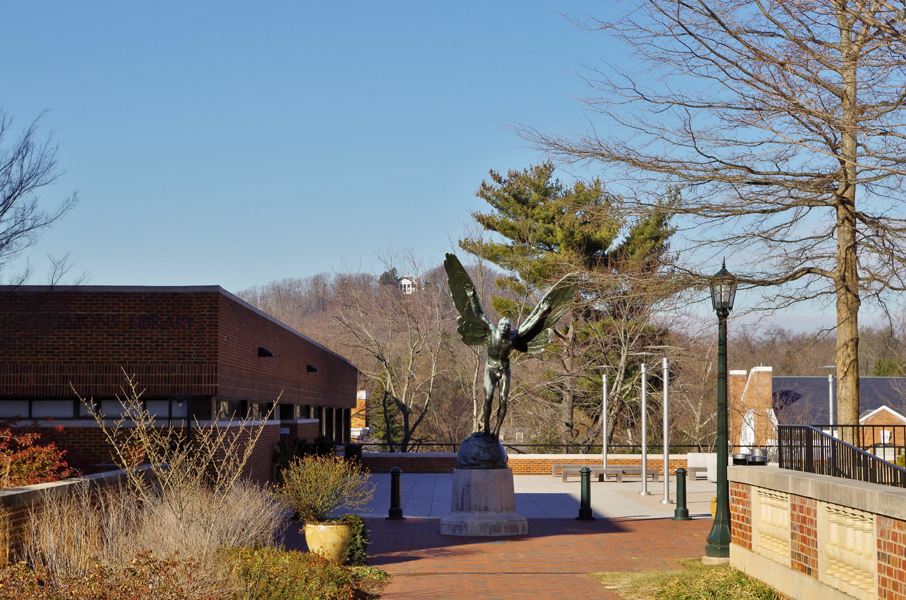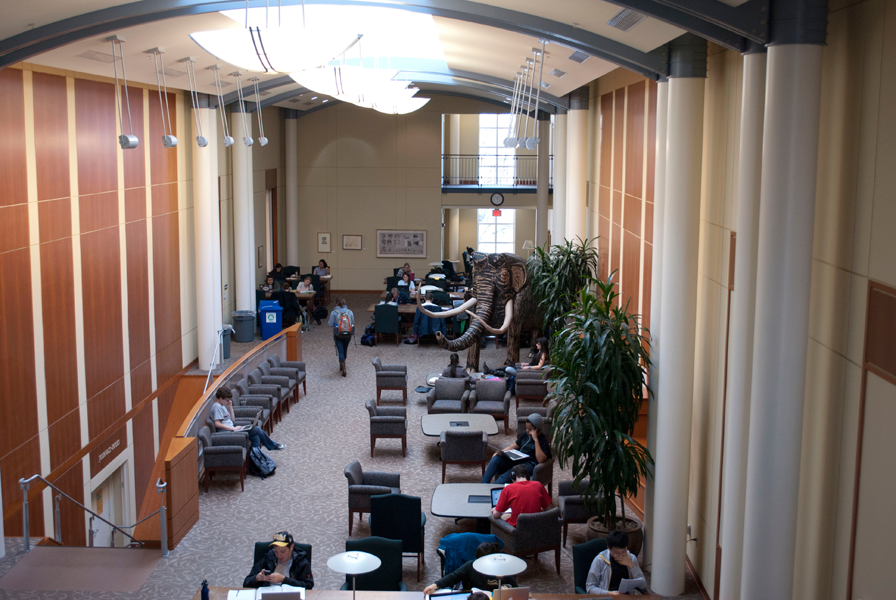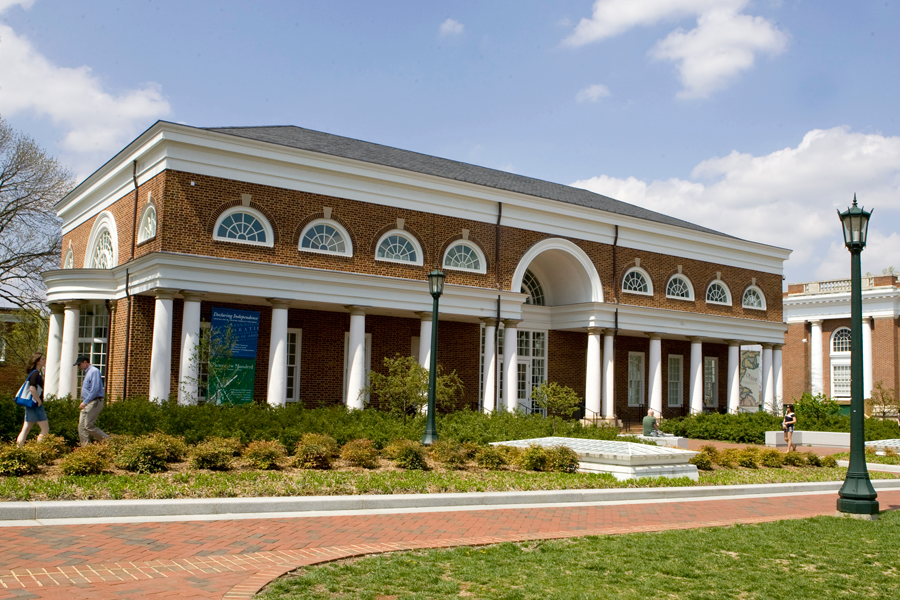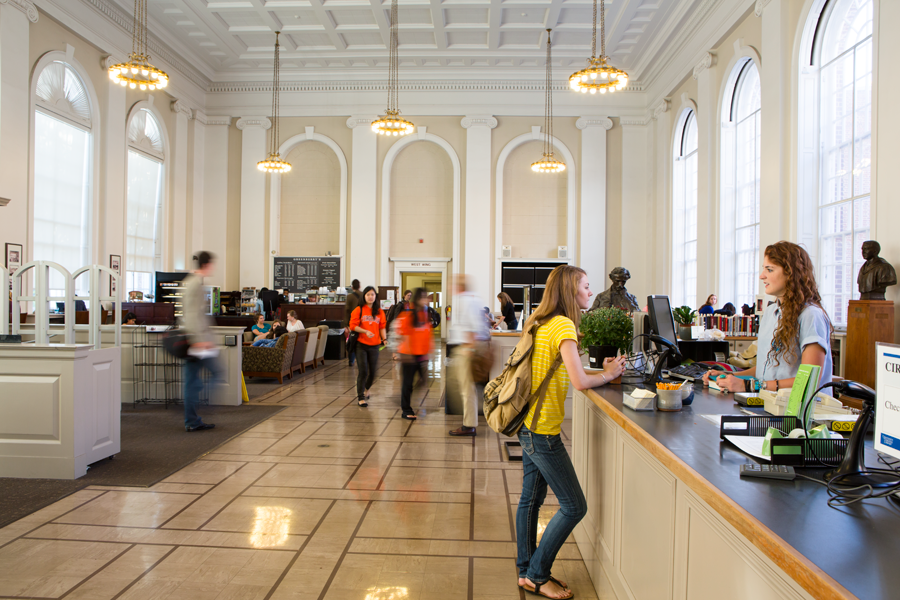When Thomas Jefferson sited the library in the Rotunda, he did something revolutionary. He placed a library at the head of his academic institution, rather than the customary chapel. In doing so, and in the centuries since, the U.Va. Library has been central to the educational experience at U.Va. Your contribution will help us support research and scholarship, create and enhance spaces and programs for students and faculty, and preserve the results of intellectual discovery and creative endeavor for generations to come.
Research Support
The Library supports the U.Va. community in its academic research, from providing specialized collections and data services to experimenting with new technologies and partnerships to spur scholarship and share its results. Your gifts will enable not only the acquisition of collections, but also endowments to preserve them and ensure their survival. You will also be encouraging the creation of new knowledge at U.Va., and the transmission of that learning to students and scholars around the world.
Student Experience
From the vibrant, collaborative spaces of Clemons to the elegant reading rooms of Alderman, the Library is central to the academic lives of U.Va. students. They meet with teachers, work on group projects, participate in programs and events, conduct research, and read quietly alone. Your contributions enable us to enhance those spaces and programs, and keep the Library an essential part of the U.Va. experience.
Preservation
The U.Va. Library is the guardian of the University’s cultural and intellectual record, and the gateway to its use by faculty and students. Preservation is key to ensuring these valuable resources—from rare manuscripts to “born digital” works of scholarship—are accessible both now and far into the future. Your gift will help us tackle the challenges of caring for heavily-used books, treasured special collections, and digital materials that are crucial to scholarship but surprisingly fragile.
History
In 1824, Thomas Jefferson sent Frances Walker Gilmer to England to purchase books for the library of the University of Virginia. Since then, the Library has built up, burned down, regrown, and expanded into a system that now includes over a dozen facilities and a catalog of millions of books, articles, digital files, and more. Here are just a few highlights of the Library's nearly 200-year history.
How to Give
In every era since Thomas Jefferson created it in the Rotunda, the University of Virginia Library has been at the heart of the educational experience at U.Va. Your contribution will help us create new study spaces, implement emerging technologies, acquire and conserve a wide range of materials, and make the full range of scholarship and research tools available to our students and faculty.
Please consider a gift to the Library. No gift is too small. Or too large.
There are a number of ways to make a donation:
Online
Our secure online form allows you to make a credit card donation directly to the University Library. You'll receive an e-mail confirmation of your gift, and a receipt by mail for tax purposes.
By mail
Simply send a check payable to U.Va. Library to:
University of Virginia Library
U.Va. Fund
P.O. Box 400314
Charlottesville, VA 22904-4314
By stock or bond transfers
If you would like to make a gift of stock or bonds, visit the U.Va. stock transfer page for instructions, or call the U.Va. Gift Accounting Office at 800-688-9882.
Matching gift?
It's possible your employer will match your gift. Type your company's name into our matching gift search, or check with your company's financial department to see if you can double your charitable contribution to the Library.
Questions?
If you have questions about making a gift to the University Library, contact Robin Mitchell at (434)282-2812 or robin.mitchell@virginia.edu.
